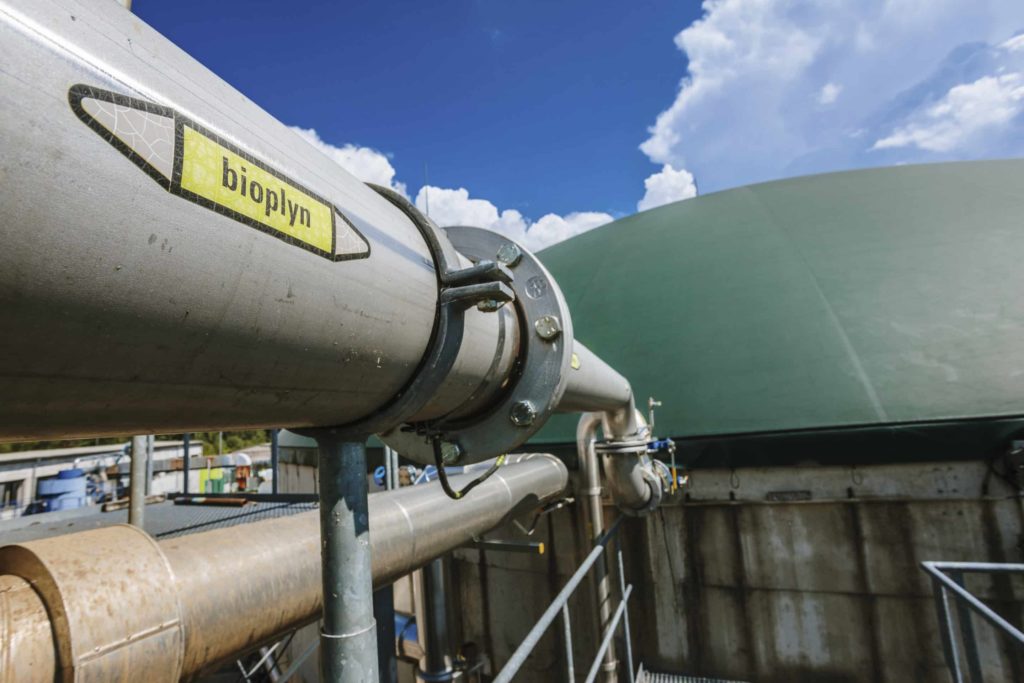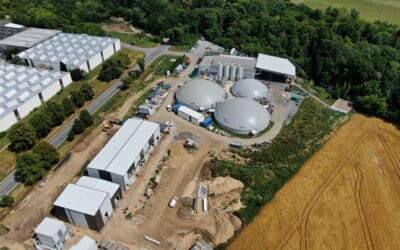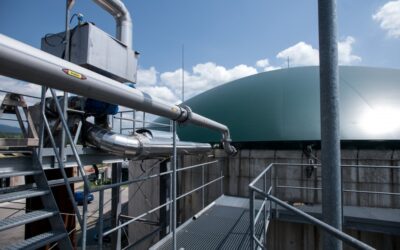Kitchen scraps, used oils, and agricultural residues, which used to end up in landfills, are now being used in the form of green gases in transportation, sports, and culture. The Olympic Games and the EXPO world exhibition show that these gases contribute to the running of sporting and cultural events, fuel city buses and trucks, and symbolically light the Olympic torch, while significantly reducing the carbon footprint.
Biogas at sporting and cultural events
At the 2008 Beijing Olympics, the torches were filled with gas obtained exclusively from renewable raw materials. A similar fuel from waste materials was also used for the torch in Paris, and the upcoming Winter Olympics in Milan and Cortina will continue this modern tradition. At the 2024 Olympic Games in Paris, the organizers focused for the first time on significantly reducing their carbon footprint by limiting the use of portable diesel generators, which normally provide electricity for temporary facilities and venues at events. All venues therefore made full use of renewable energy from local sources, reducing CO2 emissions by more than 50% compared to previous games. A similar principle will be applied at the 2026 Winter Games in Milan and Cortina.
A curious but inspiring example of the use of biogas from waste materials is the annual International Horse Show in Helsinki. During the show, all electricity is generated exclusively from horse manure. In 2019, for example, more than 150 MWh of energy was produced in this way from 100 tonnes of manure collected from competing horses during the four-day event. This covered the entire operation of the equestrian competitions, including lighting and scoreboards. In addition, surplus energy was fed back into the distribution network and used to heat homes in the Helsinki area.

An alternative for decarbonizing transport
However, green gases are also increasingly being used in transport as an alternative fuel. One example is the Finnish company Viking Line, which will increase its purchases of renewable biofuels sixfold this fall to enable fossil fuel-free maritime transport on all its routes. This option is now also opening up in aviation. American startup Circularity Fuels has developed a breakthrough technology that can convert raw biogas from agricultural waste into a key component of sustainable aviation fuel (SAF). If this innovation were deployed in all suitable locations in the US, up to 42 million gallons of SAF could be produced daily, covering approximately 70% of the country’s aviation fuel demand.

Green gas is also gaining ground in Czechia
Renewable gases from waste materials are beginning to be used not only abroad, but also in our country. Liquefied biomethane (bioLNG), obtained from food waste, agricultural waste, or sewage sludge, was first used in Czechia by the Lidl chain for transport. Its trucks have been refueling with this unique fuel for over two years at the largest network of LNG filling stations in the country, operated by the GasNet group. The first FlixBus buses joined the network in the spring of this year. This shows that the use of renewable gases is gradually expanding and becoming a practical alternative to fossil fuels in everyday transport.
This emerging trend confirms that harnessing the considerable energy potential of biodegradable waste can significantly contribute to the decarbonization of transport and industry.
“Biodegradable waste contains a significant amount of usable energy. By sorting it and then recycling it into green energy, we not only prevent greenhouse gases from being released from landfills, but also reduce the negative impacts associated with the extraction and transport of fossil fuels,” says Tomáš Voltr, CEO of EFG, describing the benefits of recycling biodegradable waste in biogas plants. “Biomethane has the advantage that, thanks to its composition, it can be used in existing natural gas infrastructure, making it an ideal energy source for decarbonizing freight transport and specific industries for which electrification is not suitable,” concludes Voltr.

